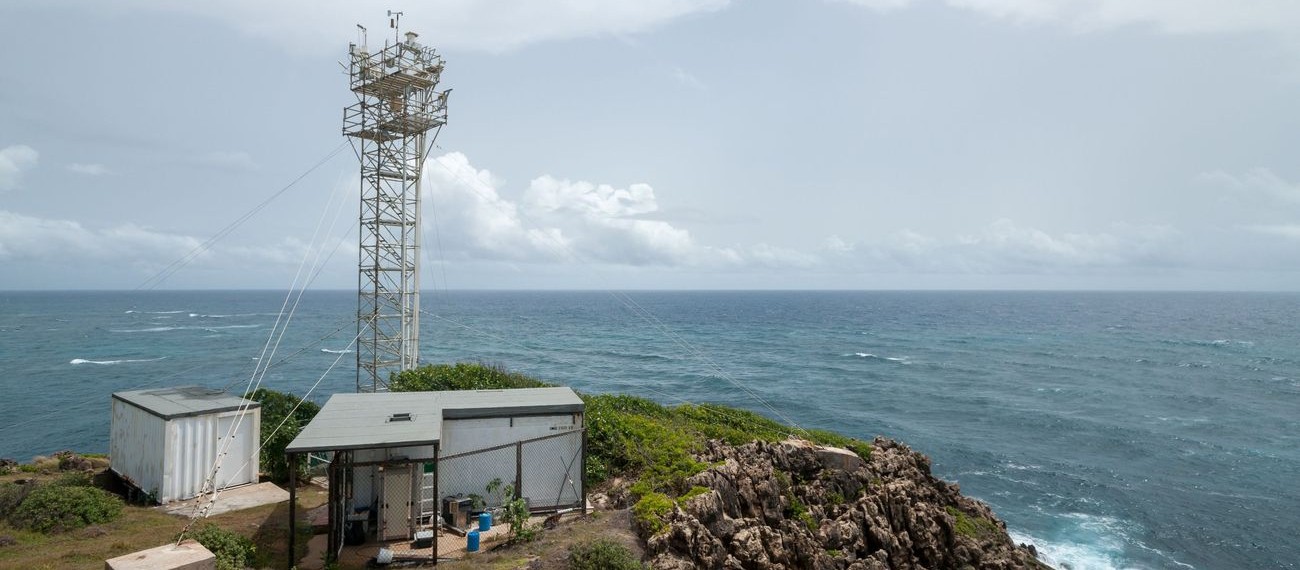This and the enormous particle size range that has to be covered, from nanometers to hundreds of micrometers, make aerosol a complex and exciting research subject.
Research Topics
For example, in order to better quantify the influence of the global radiation budget, a precise understanding of the change in radiation due to dust particles is necessary. However, since these particles are complex structured entities of heterogeneous composition – with many interfaces and poorly known optical properties – this quantification is not easily possible. Therefore, elaborate particle models are developed for this purpose, based on the most detailed investigation of individual particles, on the grounds of which optical calculations are then carried out.
When considering the input of nutrients, the problem currently lies in measuring the corresponding fluxes of dust particles into ecosystems – in terms of their quantity, but also in terms of their composition. Previous measurement methods have uncertainties in the range of a factor of ten and are usually only suitable for total masses. Therefore, new measurement methods are being developed that can record these fluxes at the individual particle level with comparatively high temporal resolution. Furthermore, a quantitative recording of the composition of the dust fluxes is also an important objective. Such methods are then used, for example, to determine inputs of Saharan dusts into the Atlantic at island sites.
For many of the questions concerning atmospheric aerosol, the properties of the individual particles are of importance. Therefore, in addition to standard measurement techniques for aerosol populations, mainly single particle measurement methods are used at the department. In particular, electron microscopy should be mentioned here, which can provide a lot of information. However, since the application of electron microscopic methods to aerosol particles differs significantly from classical electron microscopic problems (e.g. small size of the particles, non-planarity, volatility), method development with respect to analysis possibilities is performed here, e.g. process automation, coupling of different methods or image analysis. In addition, specific collection techniques are also required for single particle analysis and are therefore developed here.


